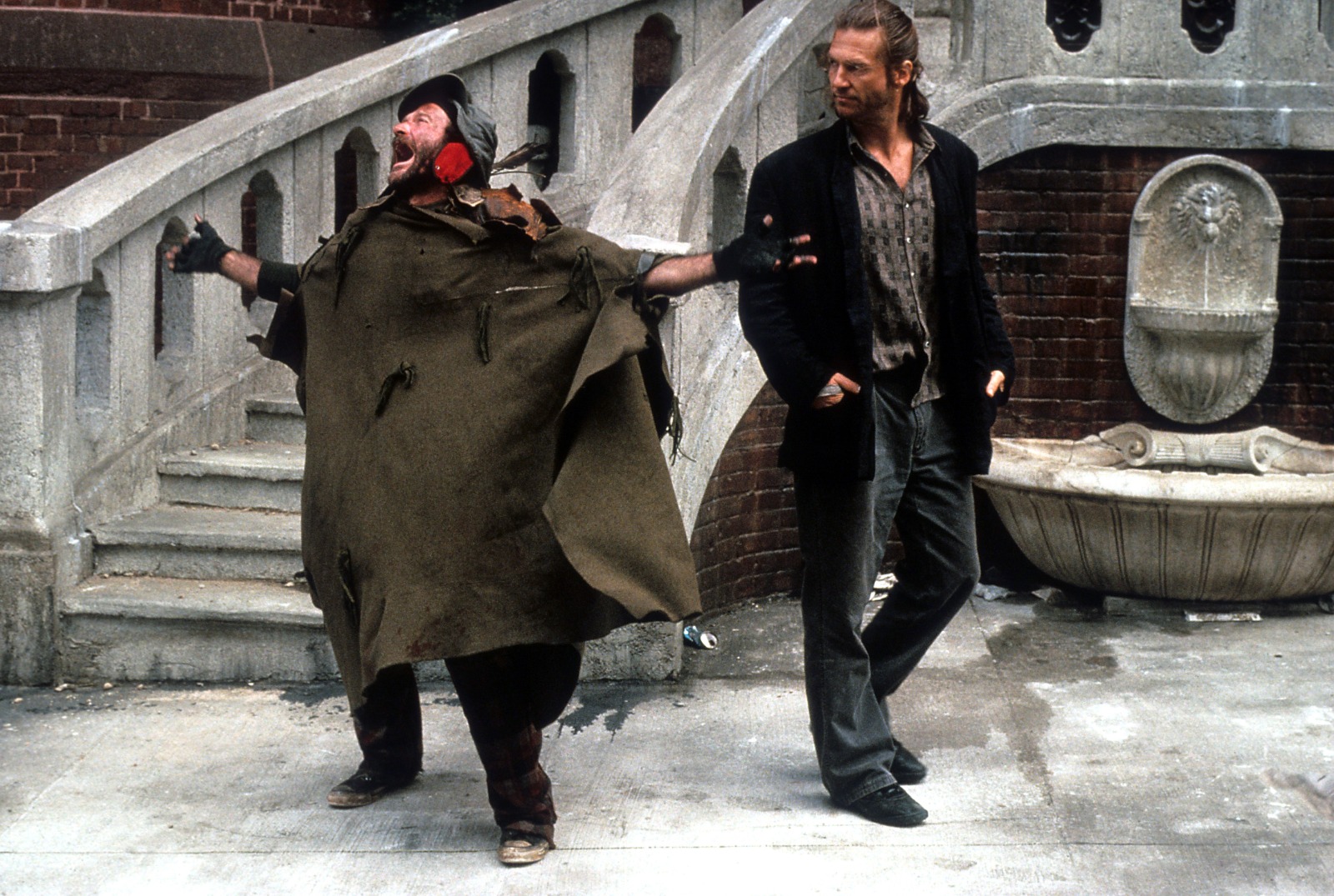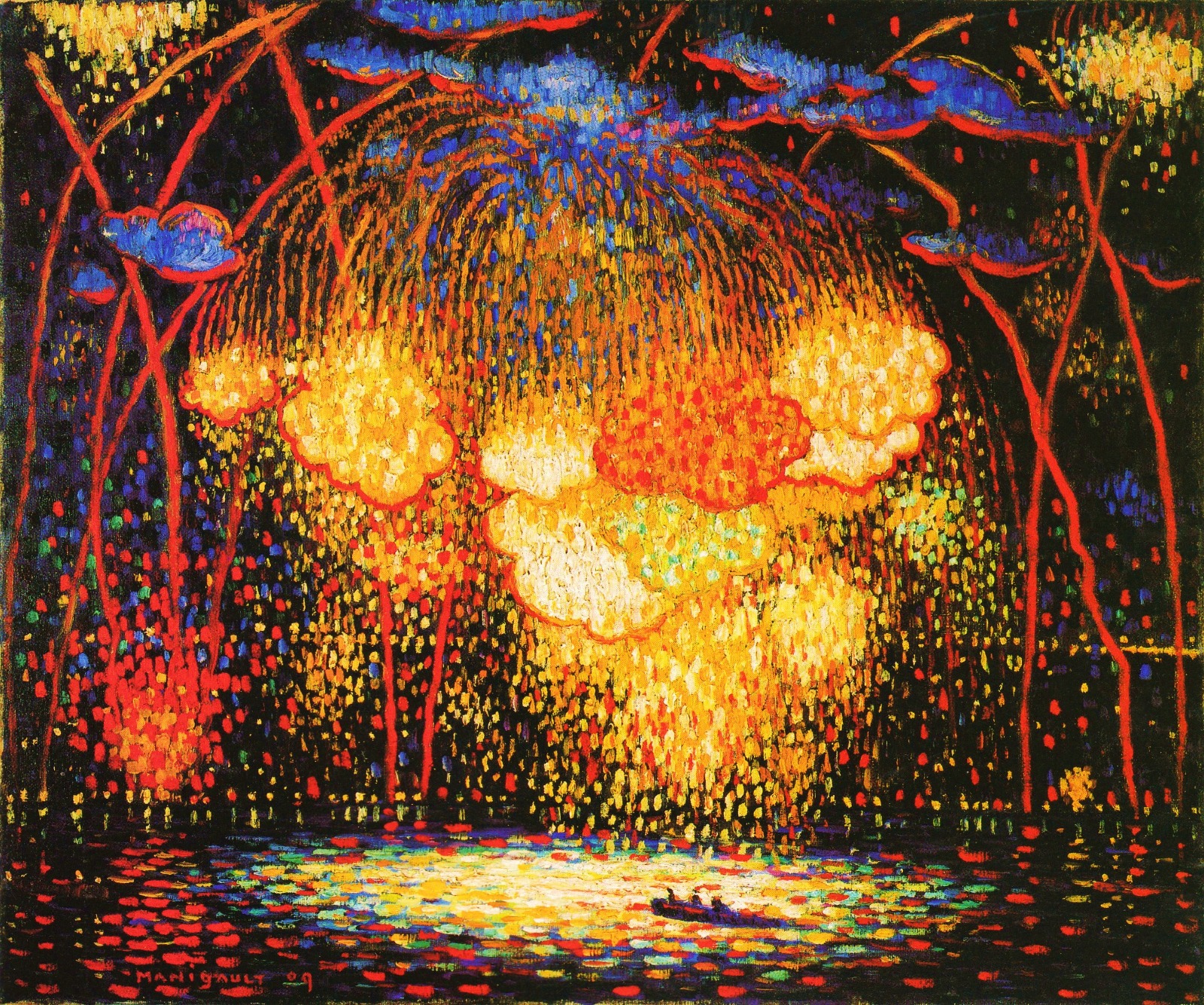fireworks
wholesale market
May 29, 2023
The creative team of SuperFireworks Co., Ltd. continues "The Art of Fireworks and Fireworks in Art" series. In each issue of this series, we explore examples of various forms of art where pyrotechnics is mentioned or used.
***
Cinematography: The Fisher King (1991)
The Fisher King is an American fantasy comedy-drama film directed by Terry Gilliam, an American-born British filmmaker and former member of the Monty Python comedy troupe. The film tells the story of a radio shock jock (Jeff Bridges) who tries to find redemption by helping a man (Robin Williams) whose life he inadvertently shattered. It has been described as "a modern-day Grail Quest that fused New York romantic comedy with timeless fantasy". At the 64th Academy Awards the film earned five nominations, including Best Actor for Williams and Best Original Screenplay for Richard LaGravenese, with Mercedes Ruehl winning Best Supporting Actress.
In the closing scene two leading actors lie naked in Central Park gazing at the clouds, while the great Frank Sinatra’s ‘How About You’ is playing and a fireworks display over New York presents "The End". Good night, Manhattan!

***
Painting: The Rocket (1903)
An experimental, visionary artist Edward Middleton Manigault (1887–1922) is seen today as an early representative of the Modernist movement from Canada and America. The Rocket is an oil on canvas which depicts a fireworks display over water, in the fall of 1909 on the Hudson River. Disconnected patches of luminous golden, red and orange colors overflow the canvas, creating the effect of the light of the fireworks showering down over the river; the river in turn acts as a mirror, reflecting the display above.
The artist used glowing colors to create a vivid depiction, applying the post-impressionist techniques that he had learnt in the early years of his career. These post-impressionist techniques had been developed and used during the last years of the 19th century by, among others, artists like Van Gogh and Gauguin, and the pointillist painters Seurat and Signac.

***
Literature: Anton Chekhov, Easter Night (1886)
Anton Pavlovich Chekhov (1860 – 1904) was a Russian playwright and short-story writer who is considered to be one of the greatest writers of all time. Along with Henrik Ibsen and August Strindberg, Chekhov is often referred to as one of the three seminal figures in the birth of early modernism in the theatre.
In the short story ‘Easter Night’ the protagonist takes a trip across the Goltva river on the Easter Eve to visit a local church and enjoy the nightly Easter festivities. On his way he is engaged in a conversation with a monk ferryman named Ieronym, a slightly eccentric 30-something man who is deeply shattered by the recent death of his best friend and mentor, monk Nikolai. The protagonist returns by the same ferry, disturbed by the cruel contrast between the joyful, flamboyant church service, and the grief and loneliness of this extremely sensitive person, so forsaken in this world…
“At the water's edge, barrels of pitch blazed like huge bonfires. Their reflection, crimson as the rising moon, crept to meet us in long, wide stripes. The burning barrels threw light on their own smoke and on the long human shadows that flitted about the fire; but further to the sides and behind them, where the velvet ringing rushed from, was the same impenetrable darkness. Suddenly slashing it open, the golden ribbon of a rocket soared skywards; it described an arc and, as if shattering against the sky, burst and came sifting down in sparks.”
***
Here comes to an end the tenth chapter of our journey into the world of The Art of Fireworks provided by SuperFireworks Co., Ltd!
Stay tuned! Stay super!